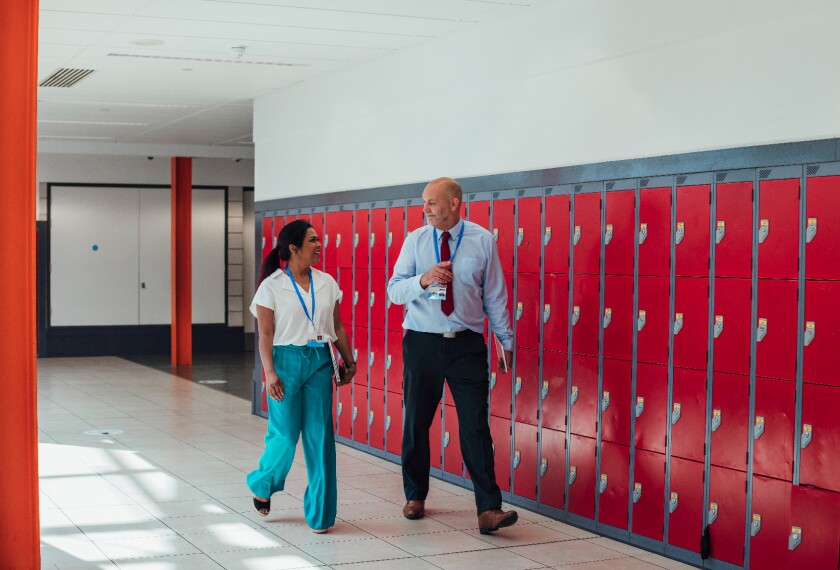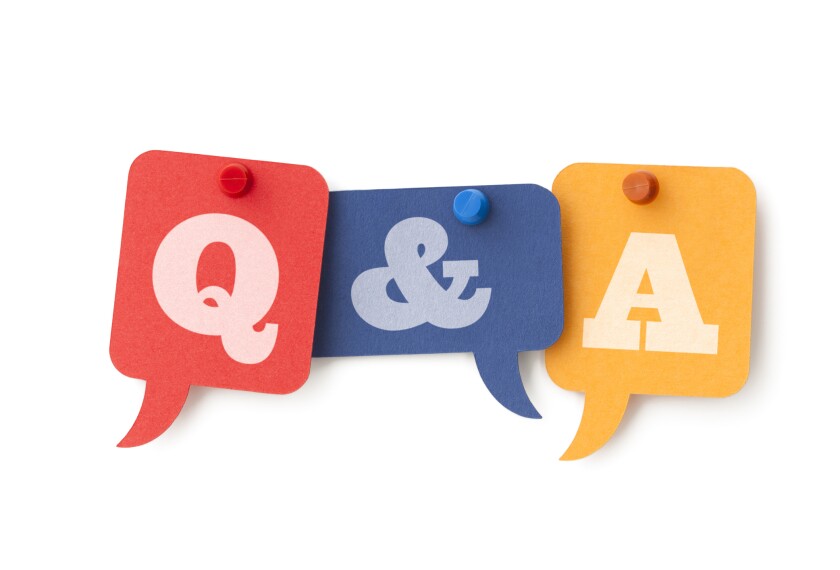It is not a secret that many students across our nation are struggling with literacy skills, especially students from historically marginalized groups. According to the National Assessment of Educational Progress, only 37 percent of 12th graders performed at or above the NAEP “proficient” level in 2019. Three years later in 2022, the results were also grim for 4th and 8th graders, who scored 31 percent and 33 percent, respectively.
While schools and school libraries are the official institutions responsible for educating our future generations, public libraries are one of the best community resources that schools can partner with to improve students’ literacy outcomes. Libraries are “educational support centers” rich in resources that can enhance learning. They offer not just a plethora of books in many languages but also literacy-focused programs for different age groups. Schools and the wider community must leverage these services if they want to see improvement in children’s reading and writing skills.
I teach in a school where we are blessed with a wonderful school librarian who works hard to diversify our school library’s catalog, create a resourceful and welcoming environment, and advocate for our students. Unfortunately, her resources are limited. Although the school library is a great place for students to explore books, it is just for students in our school and is only open during the school year.
In light of this, our school librarian is my primary supporter to increase collaboration between the public library and our school. The public library is available to everyone, no matter their age. From infant story time to robotics for teens, to basic computer skills and English classes, the public library has something for everyone. And, for students in particular, libraries offer an inviting space for doing homework, locating language-learning resources, and accessing computers and printers, all of which positively impact learning.
But most importantly, joining school libraries with public libraries can open a whole new world for young people, especially those who need additional academic support with reading and writing. This is especially important for the schools across the country that are losing school librarians—or don’t even have a school library.
As an early-childhood educator who specializes in working with multilingual students, I began a collaboration with the public library with the intention of improving English-literacy outcomes for these students. To learn about how schools and local libraries could partner to improve English literacy for multilingual students, I interviewed two children’s librarians at a public library and surveyed 21 staff members at the elementary school where I work in the Pacific Northwest.
Although my focus was initially on helping multilingual students, engaging with the stakeholders in this project made it clear that all students benefit from such partnerships. Starting with the early-childhood years, public libraries offer engaging, structured learning through story time. Research has highlighted the benefits of reading to young children in supporting vocabulary development and early literacy skills.
The librarians I interviewed shared that they offer story time in languages other than English, which supports multilingualism for children who speak a different language at home and gives some students a chance to hear their favorite stories in another language. This is a great way to expose monolingual English-speaking children to a variety of languages and to support emerging multilingual students’ language development.
The librarians I interviewed also said that they view the library as an open and welcoming education setting, much like a community center. The staff members that I surveyed shared that they also take advantage of the public library. Many use their educator accounts to check out up to 50 books at a time to support their lessons—books that may have been unavailable or available in limited supply at the school library. Staff also emphasized the importance of making sure all students have a library card and that all families are aware of the public library’s resources.
Librarians are passionate educators in their communities. They design and implement different programs for students, including summer reading, art, STEM, and performances, in which musicians, magicians, and others visit the library to showcase their talents. Libraries also provide students with opportunities to meet authors and illustrators, which can be rare in a public school setting but can be profound, enriching experiences. According to the librarians I interviewed, virtual author visits are something that libraries continue to provide and reach out to teachers about.
While I understand how much we teachers need to fit into our day, we must take advantage of these resources to inspire our students to read and write. Based on what I learned from my survey, here are what librarians and staff members suggest as the best ways to get started.
- Organize a field trip to the library. Introducing students to what the public library has to offer is a great step toward encouraging them and their families to use it. This is also an opportunity to sign up children for their library cards, tour the different sections and departments, and allow kids to ask questions.
- Share library resources with families. Even just informing families that resources are available is a great starting point. The public children’s librarian and I sourced brochures with book lists for incoming kindergartners and added them to their welcome packages. Our school also invited the librarian to set up a table at school events to connect with families about the free literacy resources and programs they offer that can help with reading and writing practice.
-
Invite children’s librarians to classrooms for story time. The children’s librarians I interviewed shared that they would love to come to classrooms for story time.This is a great way for students to meet the public librarians in a safe place and know whom to look for when they visit. Being familiar with the librarians encourages kids to visit them and attend library events. This is also a way to build and strengthen community bonds.
Schools and libraries both provide critical services for our society and have a heavy influence on literacy outcomes. I encourage teachers and school leaders to find ways to partner with their local libraries to ensure students are actively engaging with their public library to expand access to helpful reading materials and the many educational programs they can take advantage of long after graduation.
Disclaimer: The copyright of this article belongs to the original author. Reposting this article is solely for the purpose of information dissemination and does not constitute any investment advice. If there is any infringement, please contact us immediately. We will make corrections or deletions as necessary. Thank you.







